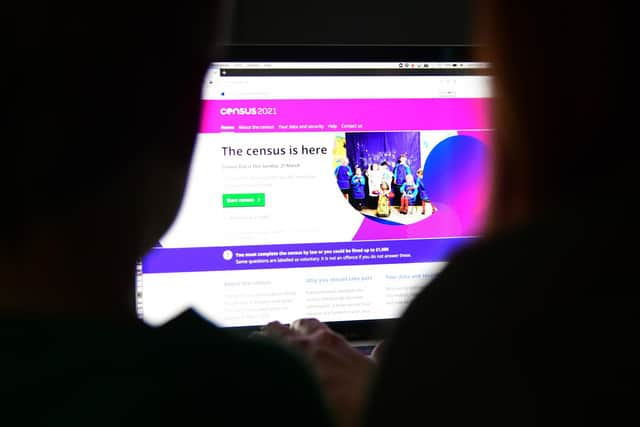Most deprived areas of Lancaster revealed in the latest 2021 census results
and live on Freeview channel 276
The figures come as part of a more detailed set of results from the snapshot of England and Wales captured in March last year. As part of the 2021 census, all households in England and Wales were classified in terms of four different "dimensions of deprivation", which are based on certain characteristics.
The first is where any member of a household, who is not a full-time student, is either unemployed or long-term sick, and the second covers households where no person has at least five or more GCSE passes or equivalent qualifications, and no 16 to 18-year-olds at the home are full-time students.
Advertisement
Hide AdAdvertisement
Hide AdThe third dimension is where any person in the household has general health that is “bad” or “very bad” or has a long-term health problem, and the fourth where the household’s accommodation is either overcrowded or is in a shared dwelling, or it has no central heating.


Office for National Statistics data shows 51.6% of households in Lancaster were deprived in at least one of these "dimensions" when the most recent census was carried out last year.
It meant the area was largely in line with the average across England and Wales, of 51.7%. It also represented a drop from 56% at the time of the last census in 2011.
A further breakdown reveals which of the area's 18 neighbourhoods were most affected by deprivation last year.
Advertisement
Hide AdAdvertisement
Hide AdIn the Lancaster district, the three areas with the highest deprivation rates were:
1) Morecambe Town – 65.4% of households here were deprived in at least one dimension at the time of the 2021 census, down from 71.1% in 2011.
2) Morecambe Westgate – 63.9%, falling from 68.3% in 2011.
3) Morecambe West End – 63.4%, a drop from 71.5% in 2011.
By contrast, the neighbourhood with the lowest level of deprivation was University, Galgate and Dolphinholme, at 41.6% of households.
The ONS said deprivation is a "complex topic", adding that more detailed information would come in future releases from the 2021 census data.
